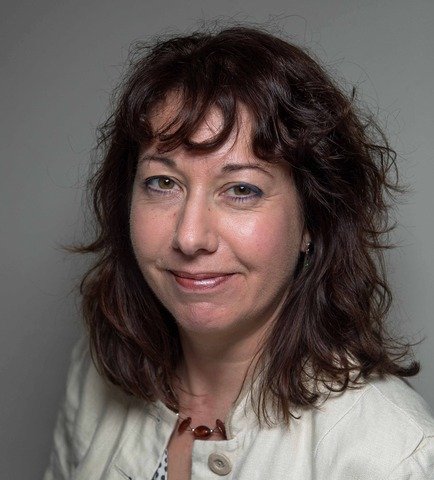Cities like ours are facing a wide range of challenges from environmental risks caused by climate change, such as flooding and energy scarcity, to population growth and urbanisation.
While these challenges are global and may not be visible to us right now, they have significant potential to affect our way of life and our future capacity to thrive as a hub of economic and social activity.
I supported last week’s climate strike because I recognise the strength of feeling amongst residents on the urgent need to tackle climate change.
Seeing thousands of people take to the streets sends a very powerful message to governments at all levels and I want everyone to know that we are listening.
As politicians, we have to make choices on behalf of the near 300,000 people who live in our city, as well as everyone who works here and with great consideration to the 11 million people who visit each year, contributing enormously to our local economy. We make decisions knowing that they will have a far-reaching and long-lasting effect.
We can’t know for sure what will be happening in 50 or even 20 years’ time but we can take action now to build our city’s resilience to the global pressures that affect us all at a local level, while ensuring that we can continue to adapt and grow.
Being creative in our planning and ambitious in our visions for the future will reverberate globally.
Emissions per person in the city are some of the lowest of towns and cities in the UK and that puts us in a powerful position to not only react to what is happening but to also become drivers of change.
Earlier this year, the council declared a climate emergency and committed to becoming carbon neutral by 2030.
We know that if we are to meet this target, we have to significantly reduce transport emissions.
Government statistics published last week showed that Britain’s greenhouse gas emissions from road transport have continued to grow since 1990 and the reason for this is traffic.
The more vehicles on the roads, the more traffic there is, which leads to lots of idling engines, emitting the toxic fumes that contribute to air pollution.
While this is a national issue, it is one that we have the power to influence locally.
Projects like Valley Gardens are essential because they provide the necessary infrastructure to make it possible for more people to make their journeys using public transport, cycling or walking. Brighton and Hove is proudly one of the least car-dependent cities in the UK but we have to go further if we are to make progress fast.
We have already taken a number of positive steps including introducing an Ultra Low Emission Zone for buses, supporting transport operators to switch to greener technology and delivering electric vehicle infrastructure.
Over the coming months we’ll be developing a “local cycling and walking infrastructure plan” to improve the walking and cycling network right across the city and enhance links to neighbouring areas, including the South Downs National Park.
Our overall strategy for the next few years will be set out in the city’s new “local sustainable transport plan”, which will aim to make Brighton and Hove one of the best places in the country for walking, cycling and public transport.
The plans that we are implementing now are with a city in mind that over the coming years will transform for the better, where dependence on cars will decrease and use of zero emission transport will increase and where green spaces with more trees and plants will support greater biodiversity, improving air quality and providing a better environment for us all.
Councillor Nancy Platts is the Labour leader of Brighton and Hove City Council.









Just build a bigger roundabout like the one in the 60s and keep Madeira Drive Entrance as it is,because when the new Entertainment centre is built very large vehicles will be needed to enter and exit.also on opening large volumes of traffic.
Start by allowing people who live in conservation areas to affordably double-glaze their own homes. The city is mostly single glazing – unacceptable. Planning prohibits people using AFFORDABLE double-glazing because of “adverse impact on visual amenity”. What a load of rubbish. The only double-glazing Planning will approve is TWICE the price of affordable alternatives the look fine and meet ALL current insulation regulations. Only the rich can afford thee privilege (and necessity) of double-glazing their won homes in conservation areas because of Planning.
More hypocrisy from Councillor Platts – it’s becoming a weekly (daily?) occurrence.
You talk of reducing cars in the city but your administration has willfully done nothing on car free day this weekend so XR had to do it for you. And then you had the shocking gall to appear at their protest as if you supported – yet more hypocrisy.
And remind us what you’ve done on climate since taking office? You put it in your manifesto but it’s now clear that was just for votes. We’ve had inaction and hypocrisy (e.g. councillor car parking). This city needs action and you’re failing us.